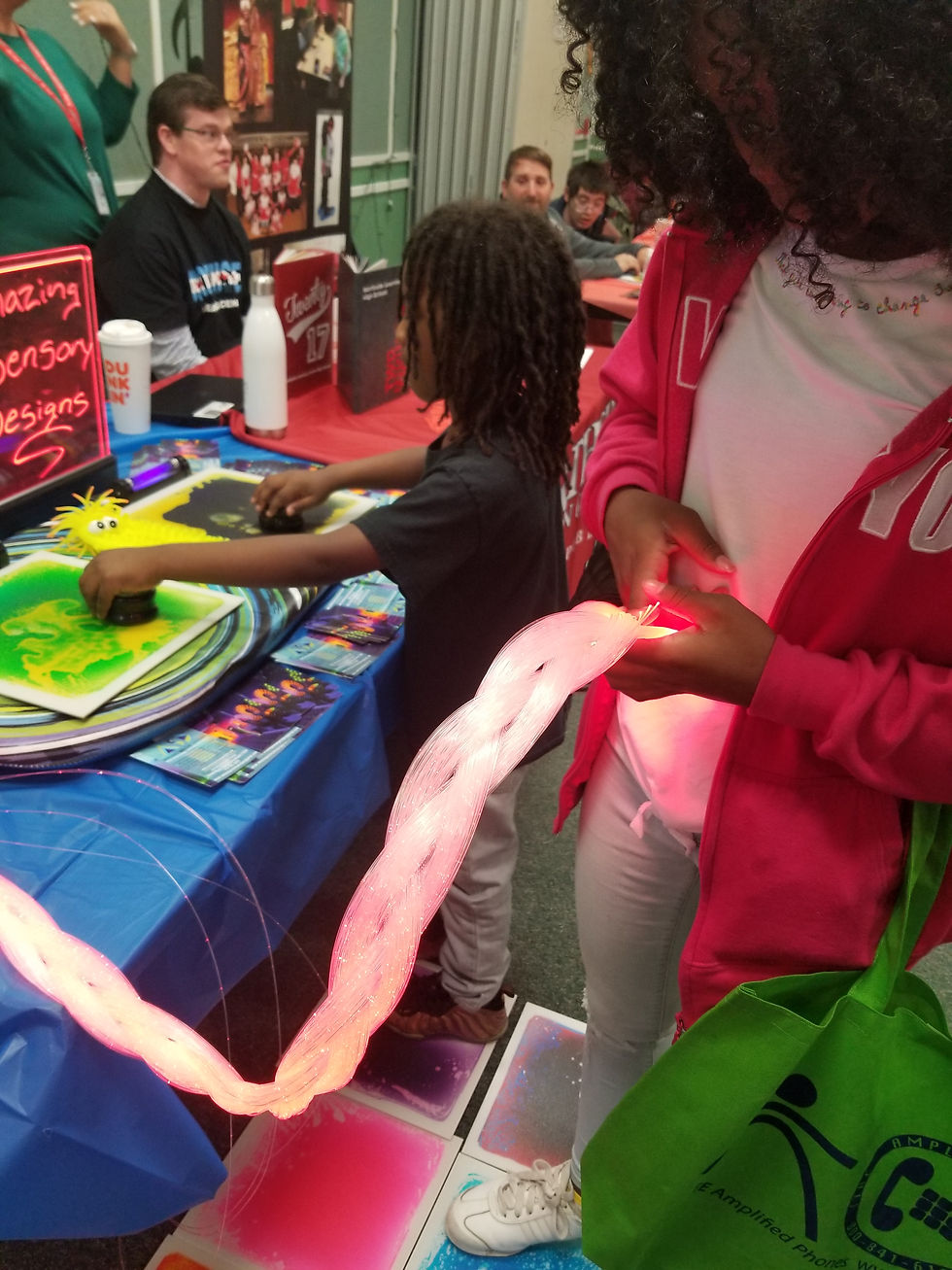- David Mays
- Aug 25
- 2 min read
Sensory rooms are specially designed spaces that provide a calming and stimulating environment through various sensory experiences. These rooms use lights, sounds, textures, and other sensory inputs to help individuals regulate their emotions, improve focus, and enhance overall well-being. Sensory rooms have become increasingly popular in schools, therapy centers, and even homes, offering a unique way to support mental and physical health.
Understanding Sensory Rooms and Their Impact
Sensory rooms are created to engage one or more of the five senses: sight, sound, touch, smell, and taste. They often include equipment such as bubble tubes, fiber optic lights, tactile panels, and soothing music. The goal is to create a safe and controlled environment where individuals can explore sensory stimuli at their own pace.
For example, a child with sensory processing difficulties might find a sensory room helpful to calm down after feeling overwhelmed. Adults with anxiety or stress can also benefit from the relaxing atmosphere these rooms provide. Sensory rooms are adaptable and can be tailored to meet the specific needs of each user.

Sensory rooms offer numerous advantages that can improve daily functioning and quality of life. Here are some key ways they make a difference:
Stress Reduction: The calming environment helps lower cortisol levels, reducing stress and anxiety.
Improved Focus: Sensory input can help individuals concentrate better, especially those with attention difficulties.
Emotional Regulation: Sensory rooms provide a safe space to manage emotions and prevent meltdowns.
Physical Relaxation: Soft lighting and gentle sounds promote muscle relaxation and reduce tension.
Social Interaction: In group settings, sensory rooms encourage positive social engagement and communication.
These benefits are supported by research and practical experience, making sensory rooms a valuable tool for people of all ages and abilities. For more detailed information on the benefits of sensory rooms, you can visit this resource.








